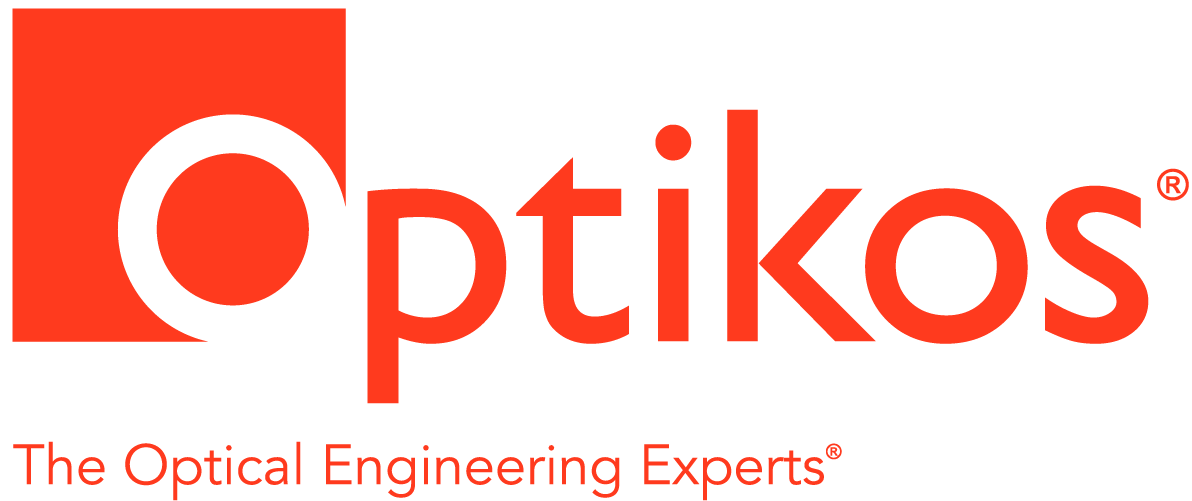Terrestrial and Spaceborne Tests of the Equivalence Principle of Gravity
Since before Galileo Galilei, experimenters have used free fall to investigate gravity. The motivation has varied. In 2006, we test general relativity. GR is founded upon the Einstein equivalence principle, which states that all sufficiently small test objects, subject only to gravity, fall the same, independent of their size, composition, location and the time. Theories of quantum gravity such as string theory and supersymmetry predict violations of the equivalence principle, setting the stage for modern experimental tests. The most sensitive test at present employs a torsion pendulum with a composition dipole, and is sensitive to small components of gravitational acceleration perpendicular to the suspension fiber. The highest sensitivity is Delta-g/g = 4x10^-13. These experiments are reaching the limit imposed by thermal noise in the fiber. Furthermore, various groups including our own are considering a space-based test achieving a sensitivity as high as 10^-20, and a torsion fiber suspension is a poor starting point. Therefore, we began a terrestrial equivalence principle test of the Galilean type, employing freely-falling masses. This experiment will improve the terrestrial limit on EP violation by one order of magnitude, and would serve as the basis for a space-based version. Significant obstacles must be overcome. For example, the test masses are launched at 5 m/s, but the transverse vibration must be held to 10 micron/s. Test mass separation must be measured with an accuracy of 10^-14 m incremental, and 3x10^-8 m absolute, which we will accomplish with optical metrology. Transverse velocity must be measured to 0.25 nm/s, which we will accomplish with capacitance gauges. We are building up these technologies, and expect to achieve state of the art sensitivity within a few years. Along the way, we have learned things we didn.t want to know about the friction in steel cable, and how inappropriate ball bearings are for this work.
James Phillips
Harvard-Smithsonian Center for Astrophysics
James Phillips obtained a Bachelor's degree in physics in 1975 from the University of Michigan and a Ph.D. in physics from Stanford in 1983. He did postdoctoral work at Stanford on a search for fractional electric charges (free quarks) on matter. In 1988 he came to the Harvard-Smithsonian Center for Astrophysics, where he is working on the equivalence principle and astronomical applications of ultraprecise laser metrology. He holds a patent on techniques for laser distance gauging, and is author of 39 scientific papers. His hobbies include dinghy sailing, science presentations in schools, and coaching and playing soccer.



